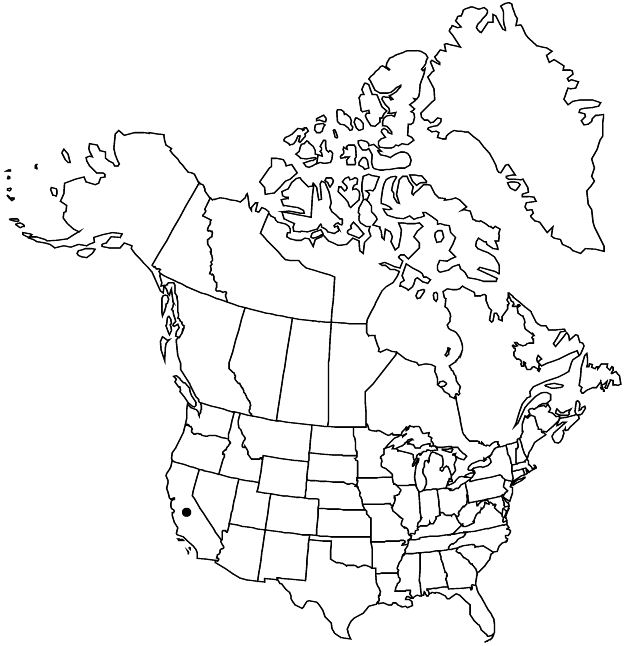Ivesia pygmaea
Proc. Amer. Acad. Arts 6: 531. 1865.
Plants green, tufted to ± tightly matted; taproot stout, not fleshy. Stems decumbent to erect, 0.3–1(–1.5) dm. Basal leaves tightly cylindric, (0.5–)1–8(–12) cm; sheathing base usually ± strigose abaxially; petiole 0.5–4 cm, hairs 0.2–1 mm; leaflets 10–15(–20) per side, 0.5–4(–5) mm, sparsely to moderately short-villous, densely glandular, lobes 3–6(–8), oblanceolate to narrowly oblong or oval, apex setose. Cauline leaves (0–)1, not paired. Inflorescences (1–)5–10-flowered, 0.8–3 cm diam.; glomerules usually 1. Pedicels 1.5–8(–10) mm. Flowers 9–11 mm diam.; epicalyx bractlets elliptic to oblong, 1.2–2 mm; hypanthium shallowly cupulate, 1–2 × 2.5–5(–7) mm; sepals 2–3.5 mm, bluntly acute; petals golden yellow, broadly oblanceolate to spatulate or broadly obovate, (2–)2.5–3.5(–4) mm; stamens 10, filaments 0.6–1.8 mm, anthers yellow, 0.6–0.8 mm; carpels 10–30, styles 0.9–1.3 mm. Achenes greenish tan to light brown, 1.2–1.5 mm.
Phenology: Flowering summer.
Habitat: Dry rocky slopes, sometimes in horizontal rock crevices, in high-elevation sagebrush communities, subalpine to alpine conifer woodlands, alpine tundra
Elevation: 2700–4000 m
Discussion
Ivesia pygmaea is known only from the southern Sierra Nevada in California, where it overlaps the range of I. lycopodioides var. megalopetala. Stamen number is the only unequivocal way to distinguish between the two, though I. pygmaea is also more generally setose with somewhat shallower hypanthia. It is also more likely to have much-branched caudices and can form mats in rocky sites. Larger plants with relatively open cymes have sometime been segregated as I. chaetophora; this probably represents ecological and phenotypic plasticity.
Early reports of Ivesia pygmaea from Nevada are based on P. A. Rydberg’s (1898) mistaken understanding of the type locality, which is actually in Tulare County, California. A reported occurrence from the northern Sierra Nevada in Nevada (J. T. Kartesz 1987) is presumably based on the same source as the unconfirmed report of I. lycopodioides from the same locality (D. D. Keck 1938).
The correct name for this species if treated as Potentilla is P. nubigena Greene; P. decipiens Greene is a later homonym and illegitimate.
Selected References
None.
